Green Patch, sometimes called “crazy beans”, is a syndrome occurring in Ontario dry beans for which a cause has not been identified. It is so called because at harvest time when most plants are maturing and drying down, patches will remain green and growing. The greenness of plants is not in itself a major concern, but the beans of affected plants are all aborted or deformed, lowering yield and increasing the percent pick.
Appearance
Patches in the field remain green as harvest time approaches, while the rest of the field matures and dries down. Patches may be just a few plants, a patch 10 feet wide, as large as an acre, or more. Most dry bean producers have seen a few plants or very small patches, but in recent years producers are seeing larger patches or many acres within a field affected by Green Patch. This syndrome is distinct from re-growth because affected plants do not have any sounds beans. All beans on affected plants are either aborted, deformed or sprouted. Bean may look entire or sound on the exterior, but are broken up and deformed under the seed coat and are light weight. Pods typically appear deformed as well, and may have an excess of white/clear tissue inside the pod.
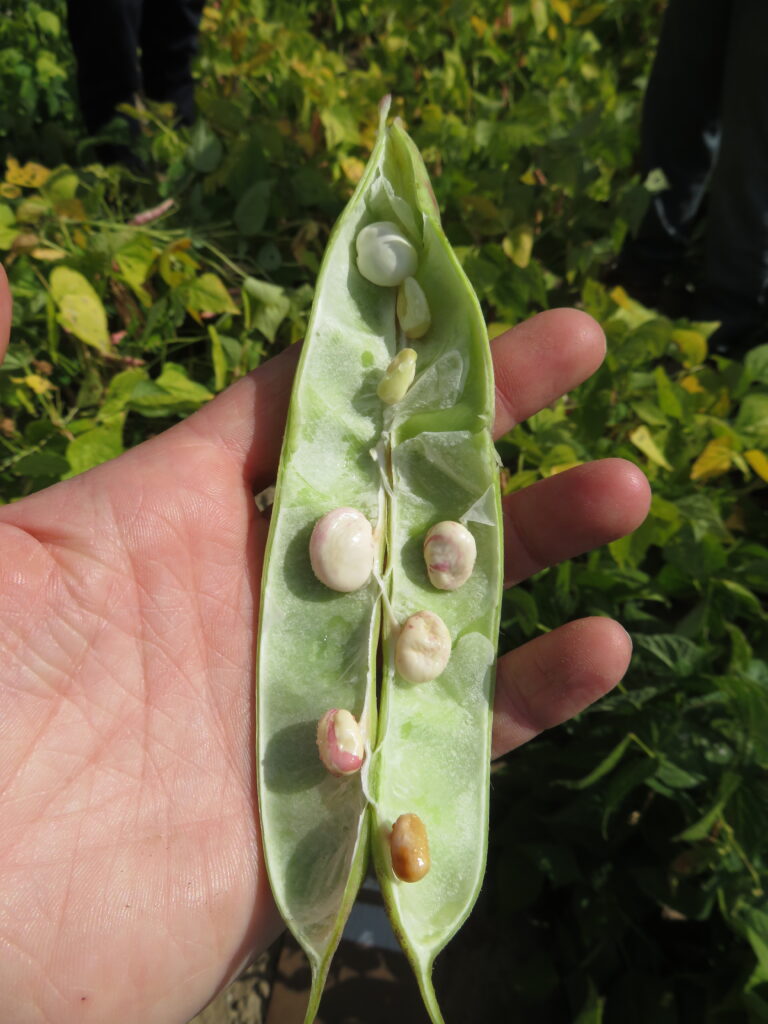
With normal dry bean maturation, as seeds fill the plant is signalled to senesce (dry down). With Green Patch, sound beans that fill properly are not produced so the plant is not signalled to senesce and will remain green and growing. Green patches may even remain green after the application of a pre-harvest herbicide, because herbicides have limited activity on large, actively growing dry bean plants.
Producers typically report that the field looked healthy all season. Scouting during seed fill may reveal areas with deformed pods or deformed seed within pods. Pods may look “corrugated” or overly wide. The majority of cases of Green Patch in Ontario have been observed in cranberry beans, followed by kidney (dark red, white and pink) and otebo beans. Small patches have been observed in white bean fields.
Diagnosis Efforts
This syndrome has been reported in dry beans in the US since at least the 1970’s, and continues to be observed in the US, particularly in Michigan. Researchers and extension specialist in the US have studied the problem but have not arrived at a conclusion as to its cause.
Affected plants in Ontario have been tested for the following causal agents and all tests were negative:
- Alfalfa Mosaic Virus
- Bean Pod Mottle Virus
- Cucumber Mosaic Virus
- Potyviruses
- Tobacco Streak Virus
- Tobacco Ringspot Virus
- Tomato Spotted Wilt Virus
- Tomato Ringspot Virus
- phytoplasma (PCR screen)
Insects such as tarnished plant bug and stink bug can cause bean deformities or abortion by feeding directly on developing beans. Because Green Patch plants produce zero sound beans, it is assumed to be unlikely that an insect fed on every single bean produced by the plant as pods formed over the course of a few weeks. However, insects have not been ruled out as a factor in Green Patch. Insects, including leafhoppers and those mentioned above, carry viruses and other pathogens that are injected into the plant when they feed. Feeding may also damage or block vascular tissue within the plant. It is unknown if insects are involved in causing Green Patch.
Weather conditions, such as lack of moisture, can cause abortion. Rain at the end of the season can cause plants to green up and regrow. However, weather conditions causing plant stress is not a satisfactory answer to this issue. A specific weather or microenvironment would have to be at play during the entire multi-week period during which pods are forming and developing to cause all beans on a plant to be aborted or otherwise affected. In addition, some fields with significant Green Patch are irrigated, ruling out dry conditions as the sole cause. Soil type and texture may play a role, but Green Patches do not clearly follow any patterns in fields. Although there are no clear explanations for Green Patch related to plant stresses, there may be a genetic x environment factor.
In 2020, tissue and soil samples were collected for nutrient analysis at multiple time points and in multiple fields. No nutrients were detected at obviously deficient or toxic levels. Investigation into causes on Green Patch are ongoing.
If you are a producer with a significant Green Patch issue, or you have information on what may cause Green Patch, please contact Meghan Moran meghan.moran@ontario.ca.
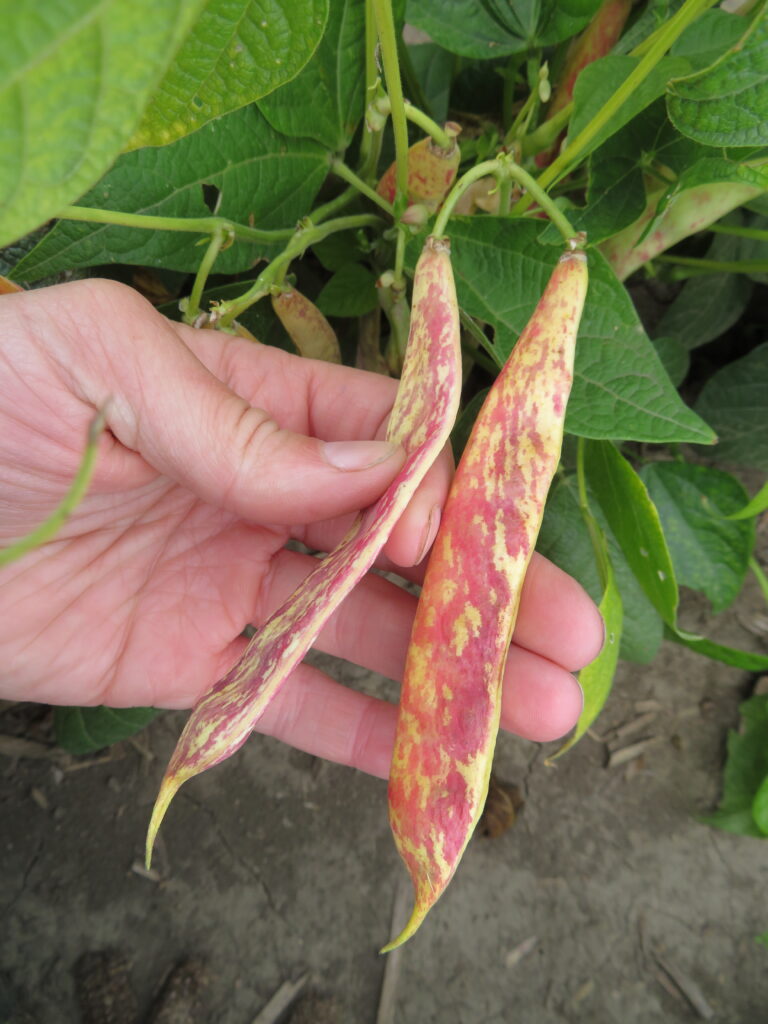
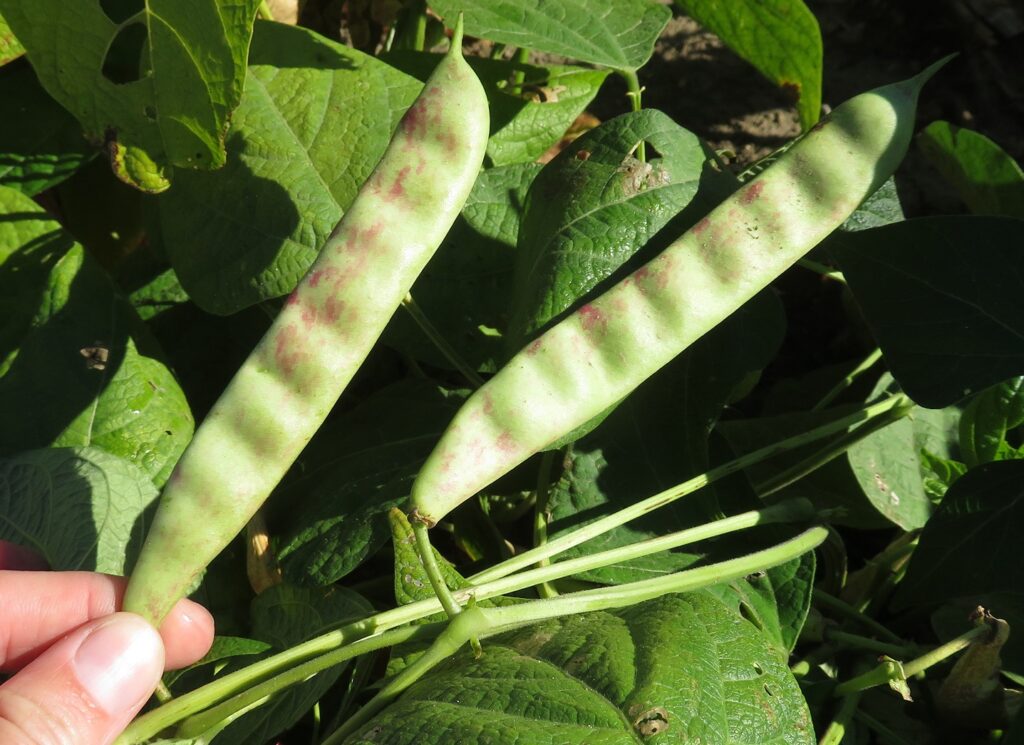
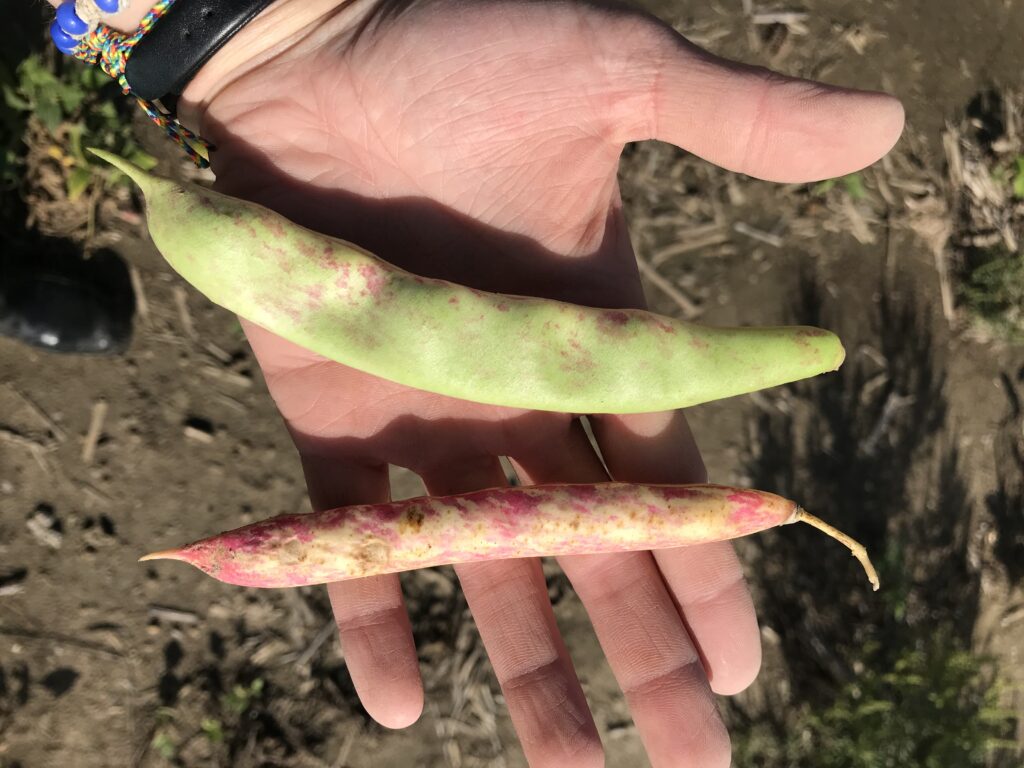

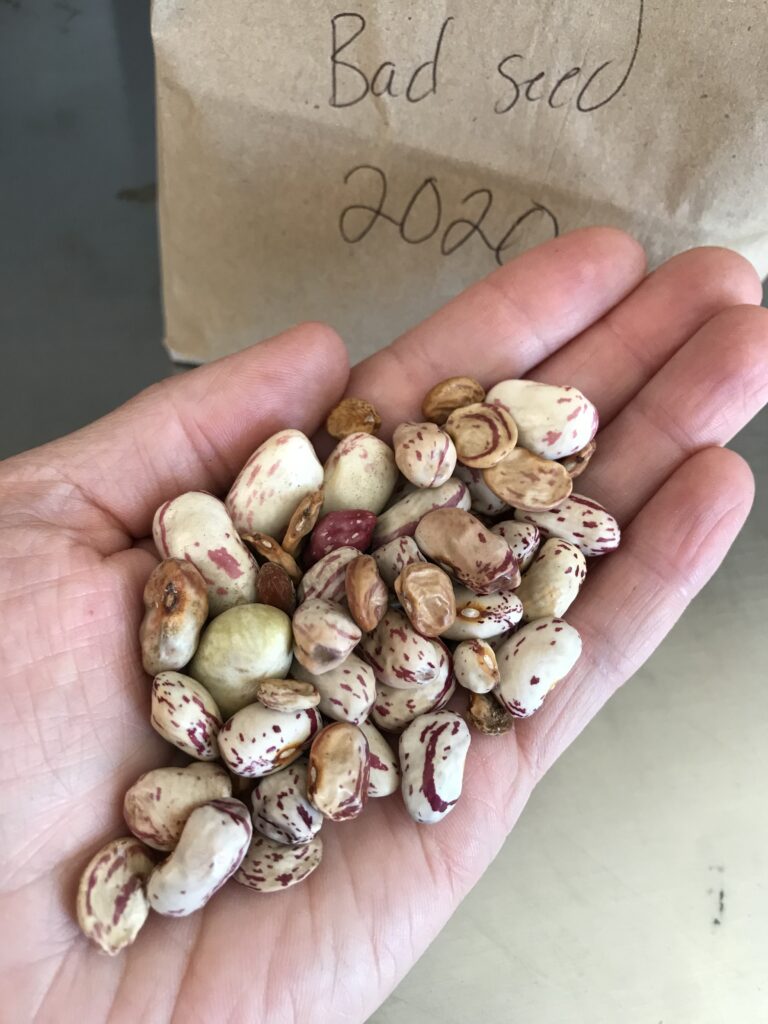
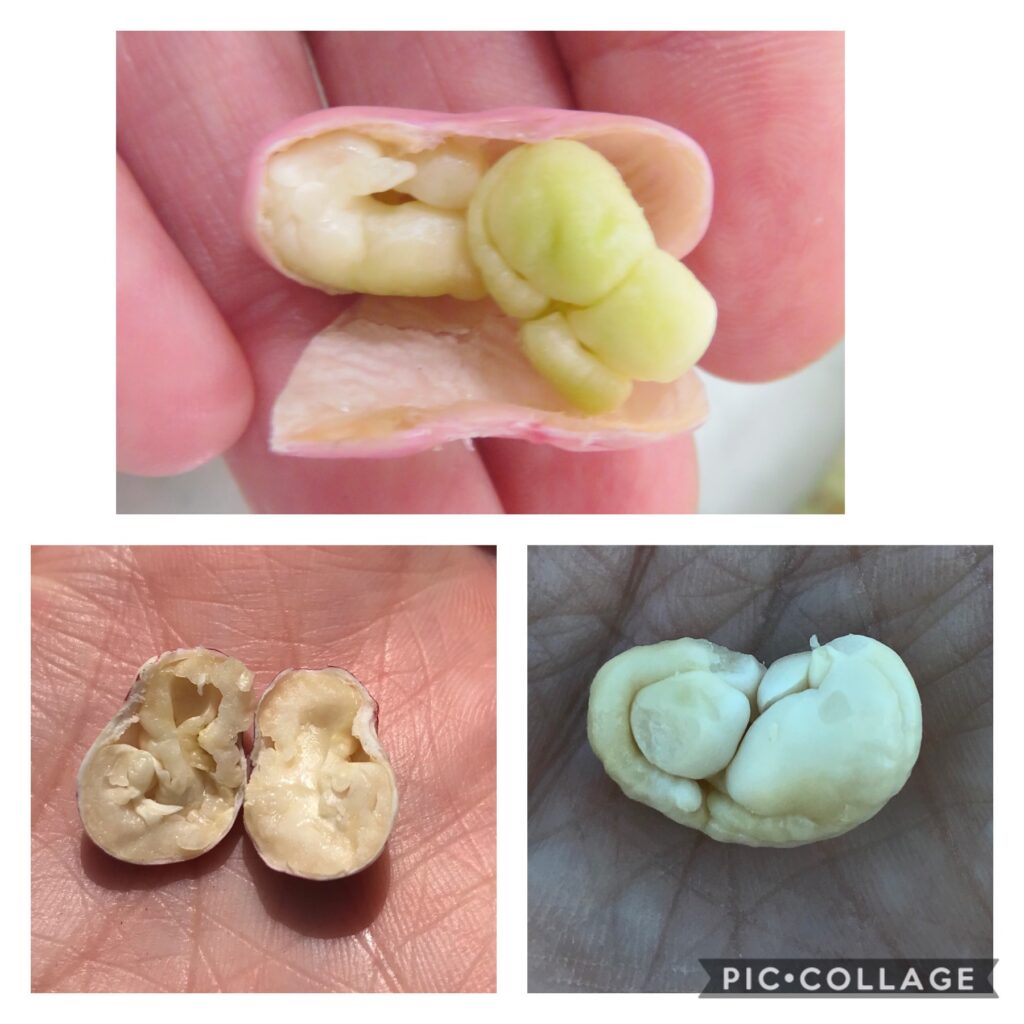
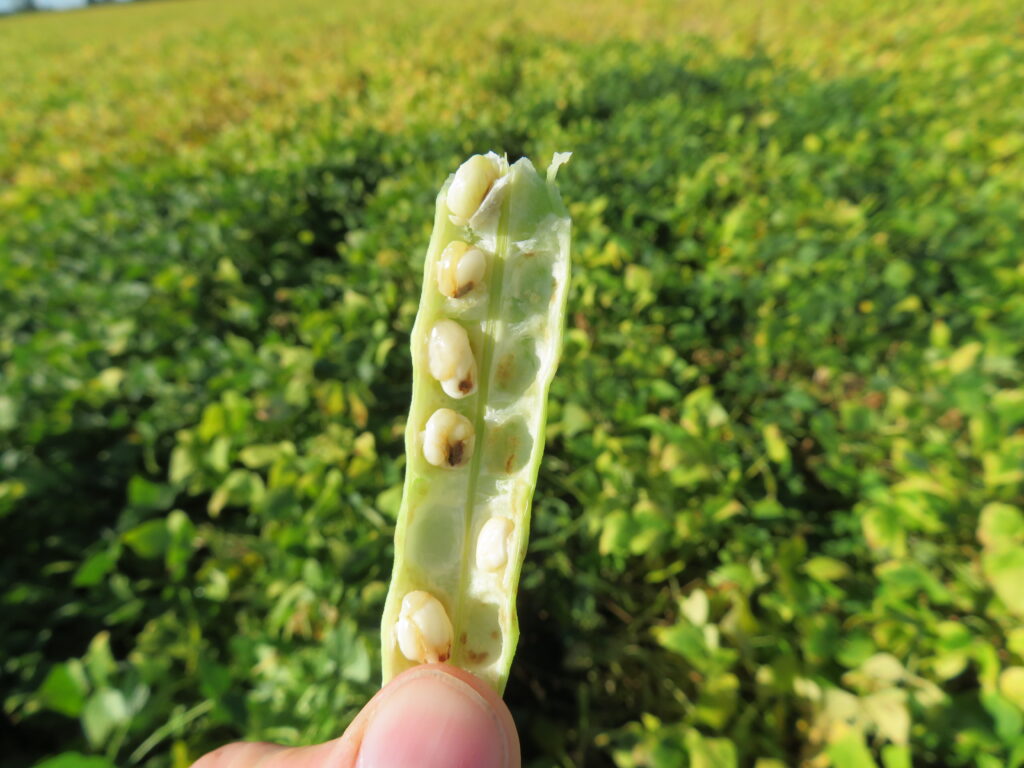
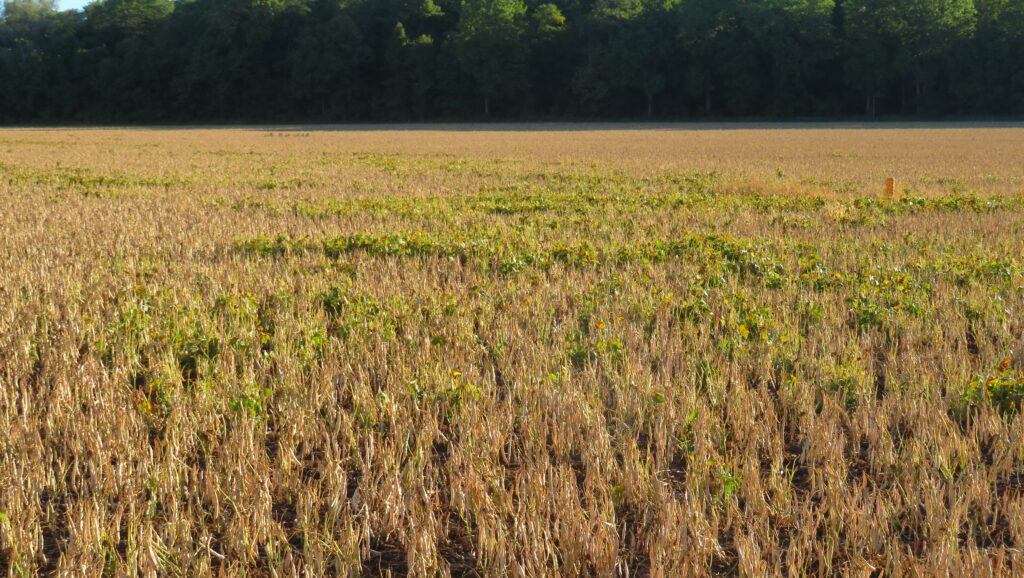
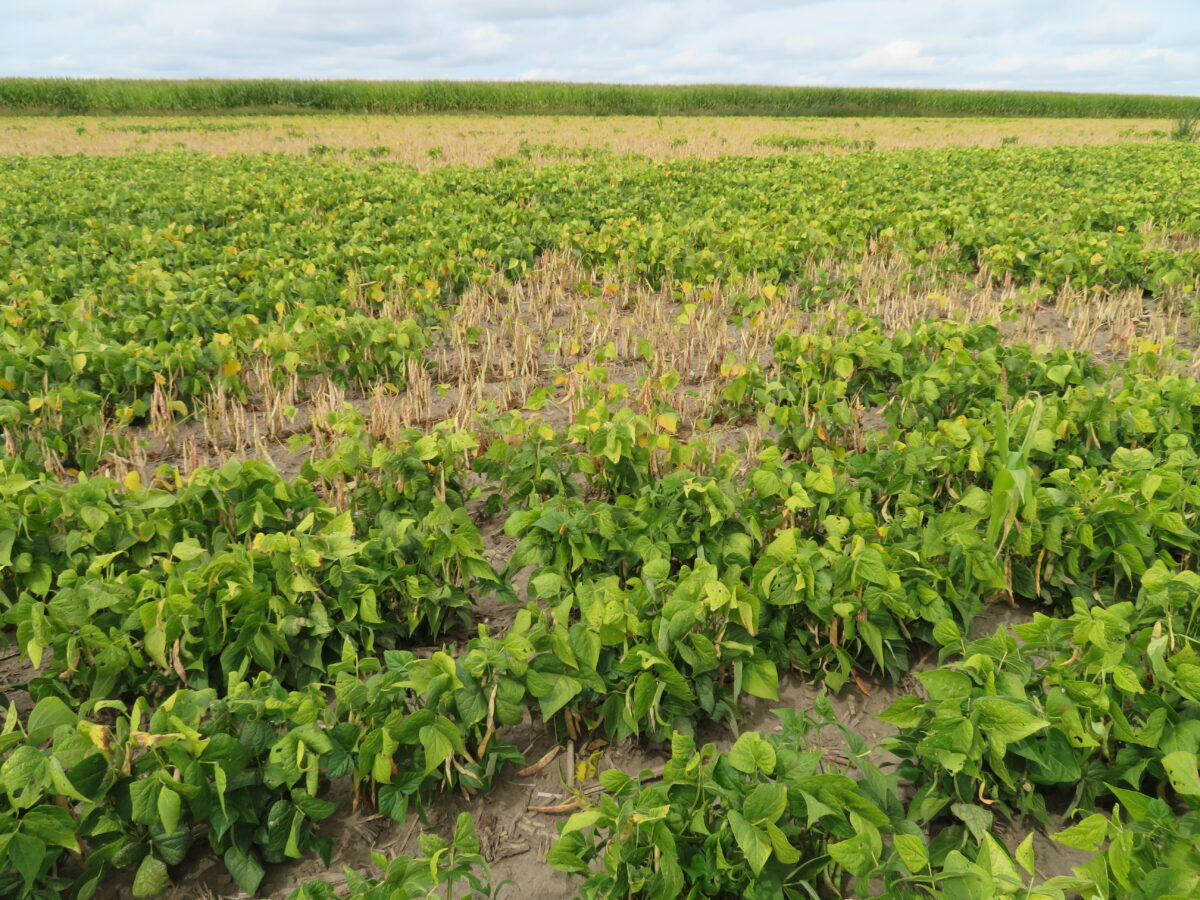
One reply on “Green Patch”
Great pictures